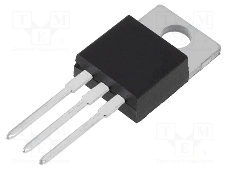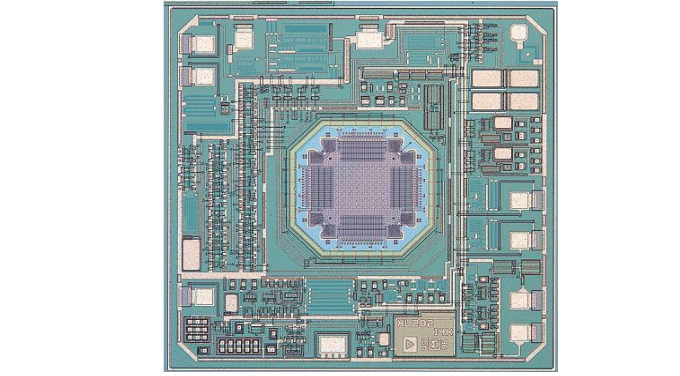A range of technologies to create, invent, innovate and differentiate yourself
“Semiconductors are for the information society of our connected world what grain was yesterday for agriculture and iron and steel for the industrial society” (SHANGAI Museum of Urban Development)
Most new technologies contribute to constantly improving the performance of end applications by offering a cocktail of solutions to achieve the best possible compromise between several valid values: Speed – Weight and volume – Energy efficiency – Cost – Quality and reliability.
Microprocessors and microcontrollers

Microprocessors and microcontrollers are electronic components that integrate a processor, memory and input/output interfaces into a single integrated circuit. .The digital processing they carry out consists of carrying out mathematical and logical operations on digital data.
To go further:
Power components

Automobile, industry, solar… Electricity consumption is an environmental issue. New technologies are revolutionizing the world of power components to enable better energy efficiency.
These components are found in multiple functions, in particular the power supply of electronic systems, but also in actuators capable of controlling loads such as motors.
To go further:
Sensors

Also called MEMS for “Microelectromechanical Systems”, electronic sensors are components that make it possible to measure a large number of physical quantities. We find sensors of different types in each of the component families (active, passive, electromechanical) for extremely varied applications.
The explosion of the Internet of Things (IoT) is a very important growth factor for sensors which make it possible to offer new services and contribute, by capturing numerous environmental or biometric data), to analyze and optimize electronic systems. in terms, for example, of reducing energy consumption, reducing breakdown rates, improving working conditions, remote medical monitoring, water quality management, agricultural yield, traceability, … So many factors which have immediate repercussions on our quality of life.
To go further:
Connectivity

The connectivity of objects and its usefulness is well known to the general public through the smartphone. Everyone knows 4G, Wifi, Bluetooth and more recently NFC for contactless payments. But new protocols continue to emerge to meet the multiple constraints of new applications.
To go further:
Optoelectronics

These technologies of course call on photonics which refers to the sciences and techniques which generate, emit, detect, collect, transmit, modulate, amplify or modify the flows of photons, that is to say light. Photonics is therefore the technology that enables all industrial applications of light, such as lighting, laser machining, fiber optic telecommunications and many others.
Optoelectronic technologies offer advantages such as low power consumption, long lifespan, high sensitivity, precision, reliability and the ability to transport information at high speed.
To go further:
Passive components

A passive electronic component is an electronic element that is used to store, filter or regulate electrical current. Unlike active electronic components, such as transistors and diodes, passive components cannot amplify a signal. There are three main families of passive components: resistors, capacitors and inductors.
- are components that store electrical energy in the form of an electric charge using an electrostatic field between two metal frames separated by an insulator (dielectric). They are used to filter electrical signals, regulate voltage, store energy and reduce electromagnetic interference. Capacitors are often used in power circuits, filter circuits, and timing circuits.
- Inductors (or coils) are components that store electrical energy in the form of a magnetic field. They are used to filter electrical signals, regulate voltage, store energy and reduce electromagnetic interference. Inductors are often used in power circuits, filter circuits, and timing circuits.
We also distinguish a particular family:
- Ferrites: We encounter ferrite filters almost every day. They are most often mounted on power or communication cables, such as USB. The purpose of this type of filter is to remove unwanted high frequency signals. Ferrite can also be considered a passive element because it could be represented as a combination of a coil, a capacitor and a resistor, i.e. other passive elements.
To go further:
Electromechanical components
These components use an electrical signal to generate a mechanical change such as the rotation of a motor. Normally, they use an electric current to create a magnetic field that causes physical movement.

